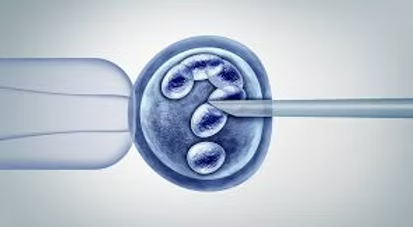
In Vitro Fertilization (IVF)
In Vitro Fertilization (IVF) is a widely used and advanced assisted reproductive technology (ART) designed to help individuals and couples overcome fertility challenges. The term “in vitro” means “in the lab,” highlighting the process where an egg is fertilized by sperm outside the body in a controlled environment.
The procedure involves several key steps: stimulating the ovaries to produce multiple eggs, retrieving the eggs, fertilizing them with sperm in a lab, and transferring a healthy embryo into the uterus to achieve pregnancy. IVF is often recommended for conditions like blocked fallopian tubes, male infertility, endometriosis, unexplained infertility, or for individuals pursuing parenthood through donor eggs or sperm.
IVF has transformed lives, offering hope and success to millions of families worldwide. With advancements in technology and personalized care, it continues to be a beacon of hope for those dreaming of parenthood.
The IVF Treatment Process
In Vitro Fertilization (IVF) is a multi-step process designed to assist individuals and couples in achieving pregnancy. Here’s how it works: